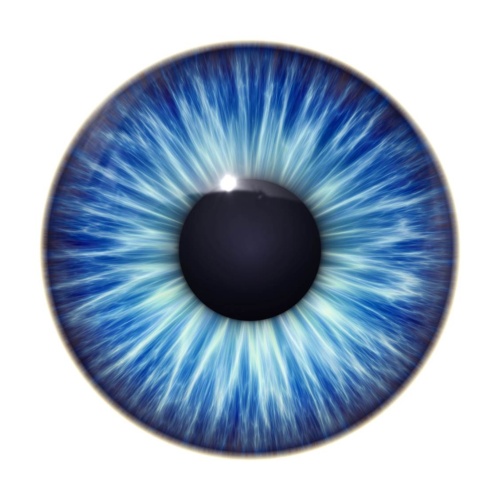
Vision is a sense that we often take for granted. However, with over 200 million people worldwide affected by retinal degeneration, one of the leading causes of blindness, studies investigating ways to restore vision could offer hope to millions of patients. Dr Riccardo Storchi and his colleagues work at the cutting edge of vision science, exploring new ways to restore vision. Riccardo is also a David Sainsbury fellow, working with the National Centre for Replacement, Refinement and Reduction of Animals in Research to streamline and improve behavioural testing in mice.

Vision disorders, like retinitis pigmentosa and age-related macular degeneration, affect millions of people worldwide and are currently incurable. These diseases, known as retinal degenerations, occur when light-sensitive cells in the retina – a thin layer of tissue that lines the back of the eye – begin to die, leaving the eye unable to respond to light. It eventually causes blindness. Although a cure has yet to be found a number of promising techniques, with the ability to partially restore vision, do exist.
One such technique is designed to bypass the damaged visual cells – known as photoreceptors – and instead enables surviving retinal cells, which are not naturally light-sensitive, to detect light. This technique uses gene therapy, via a single injection, to express one of a number of light-sensitive proteins in surviving retinal cells.
Dr Riccardo Storchi – an expert in visual neuroscience – points out that there are a lot of different ways this technique can be used and that researchers need to uncover which one or ones work best. Even if a treatment restores light sensitivity to the retina, this sensitivity may not be sufficient for the retina to pass this information along to the brain and restore accurate vision to patients, he says.
Retinal degeneration is a serious problem affecting millions of people worldwide. Treatment is a still a way off, but we hope this research could one day make an important contribution to beating it.
Dr Riccardo Storchi / Expert in visual neuroscience
New behavioural tests
And that creates a problem for researchers working with mice.
“Specifically, we can’t know exactly what a mouse is seeing since, unlike human patients, we can’t ask them. Historically, vision research has relied on behavioural tests to find out what the mouse can see. However, most of these tests require extensive training, large numbers of animals and often cause distress,” he says.
Through his fellowship, Dr Storchi is developing new behavioural tests and novel ways to analyse test results. If successful, they will lead to a reduction in the number of mice required in these studies and better more reliable results.
Using a mouse’s own innate responses to develop the tests, the animals are transferred to a test cage where they are presented with a range of images to which they would naturally respond. For example, a mouse might see a shadow pass over the cage which will cause it to freeze. Smaller, dimmer, brighter or larger versions of the images are used to probe how good the mouse’s newly restored vision is. These tests are not time consuming for the researchers or stressful for the animals involved.
Dr Storchi said: “I originally graduated in biomedical engineering, then I got fascinated by system neuroscience, the science of understanding how neurons talk to each other to generate perception, consciousness and behaviour. As many in the field I aim at understanding the inner workings of the brain that underlie those phenomena. This finally will allow us to really understand how to target currently incurable diseases such as retinal degeneration and mental disorders.
“Technologies for behavioural studies in animals, in spite of some important progresses in the last few years, are still not sufficient for these objectives. Therefore my current work aims at further developing them with special a focus on measuring and quantifying visually guided behaviours.”
An important contribution
However, the real power behind these tests comes from Dr Storchi’s background as a computational biologist. Together with the behavioural tests, he is also developing software which can automatically monitor how mice move around within the test cage. He hopes the software will accurately and reliably detect how a mouse responds to the different images it’s seeing and reduce the number of animals required to make this research statistically significant.
Dr Storchi said: “Retinal degeneration is a serious problem affecting millions of people worldwide. Treatment is a still a way off, but we hope this research could one day make an important contribution to beating it.
“Some mice have been bred so that they have the same light-responsive pigment in their eyes as humans and others that develop blindness in a very similar way. This means the biology of these animal’s eyes are very similar to humans and they reflect well the processes happening in human blindness.”
Dr Storchi, explained why computer simulations are not yet able to replace animals in such studies: “We do not yet completely understand how the retina works or, importantly, how it communicates with the brain - where most of our visual processing occurs. So, although computer models are useful to test some specific theories, they are not yet detailed or powerful enough to simulate an intact visual system or to replace animals in these studies.”
But this work could make a serious impact on the numbers of animals we need to use to further this research. And the refinements could also significantly minimise their suffering and distress.
